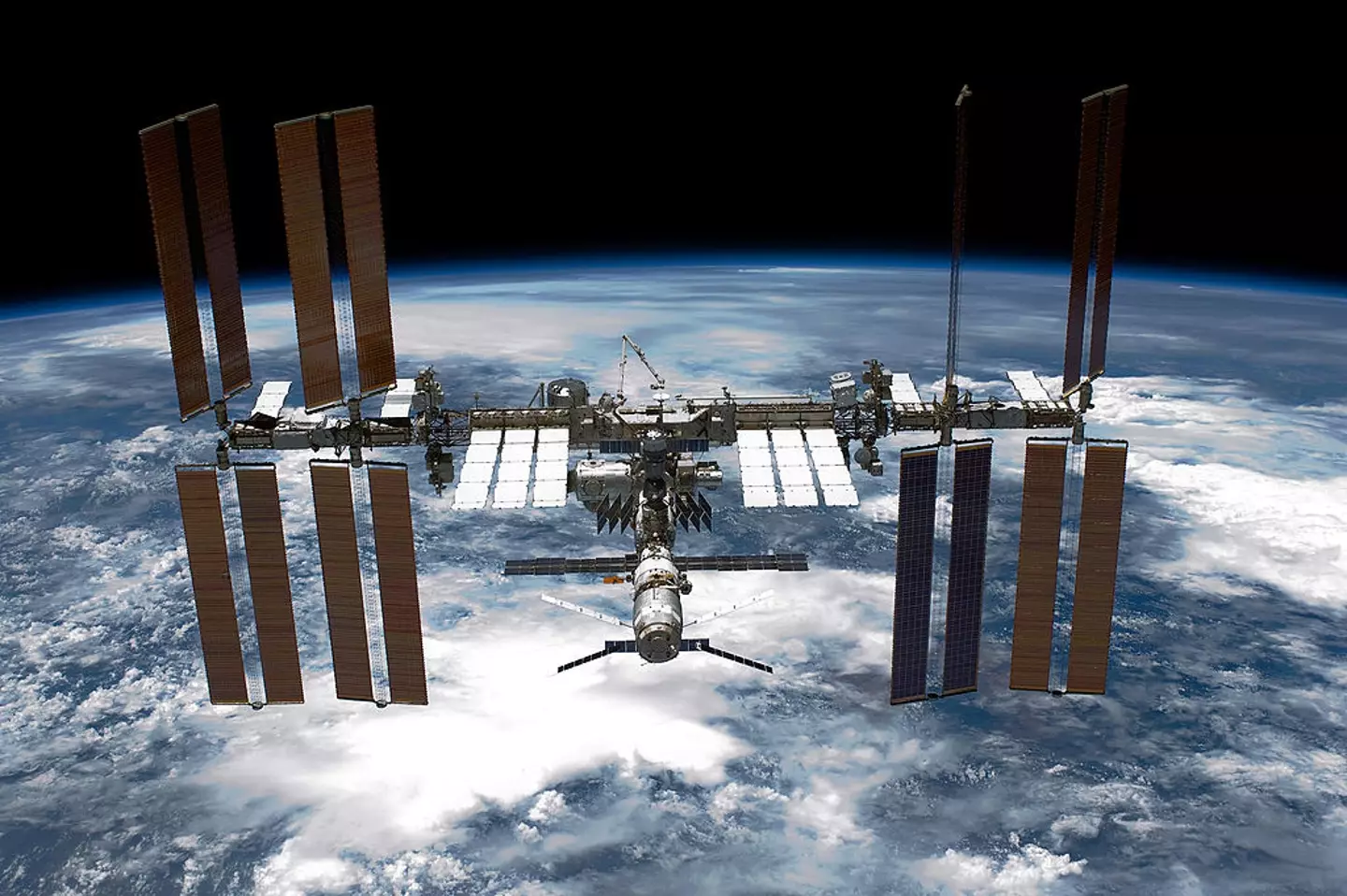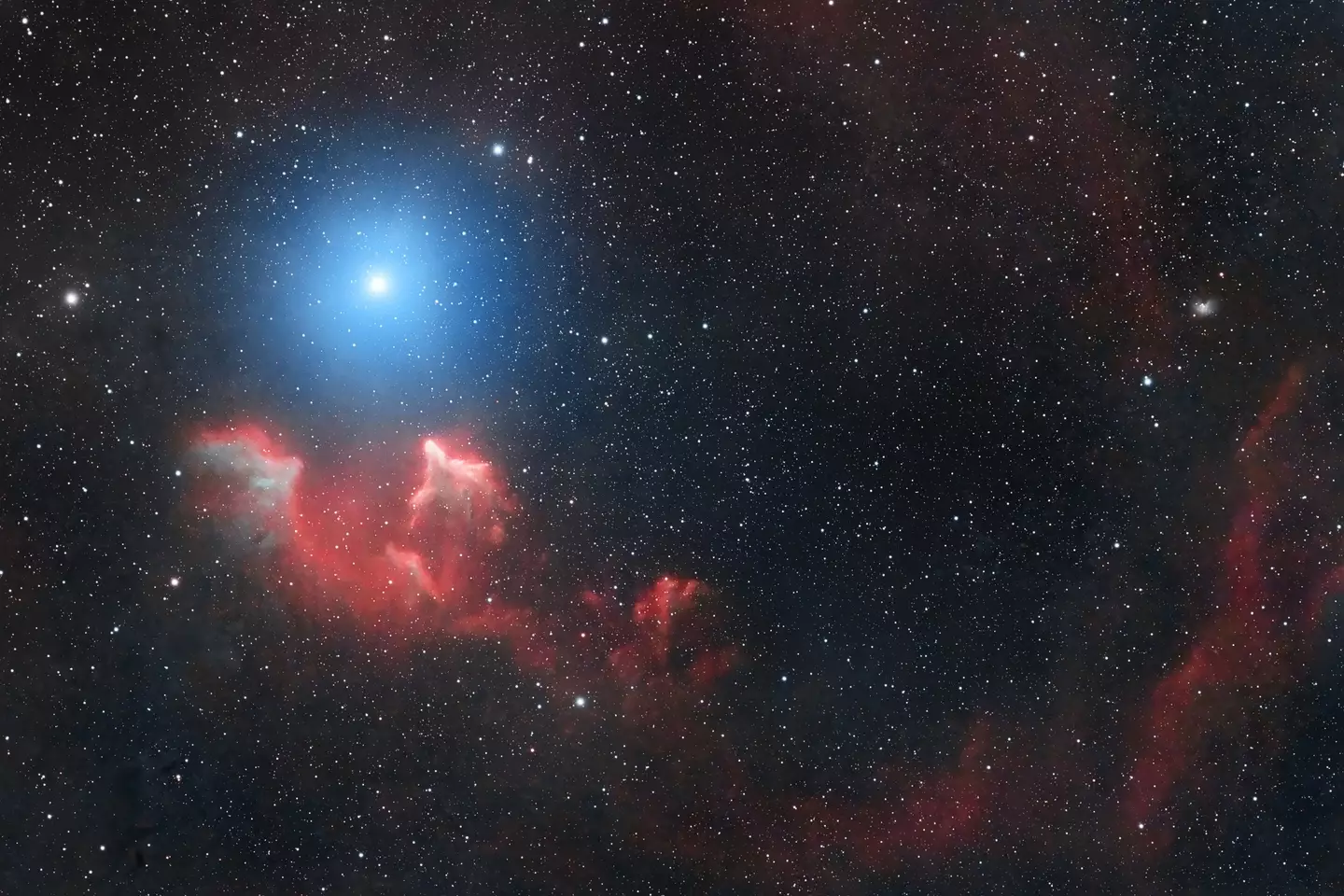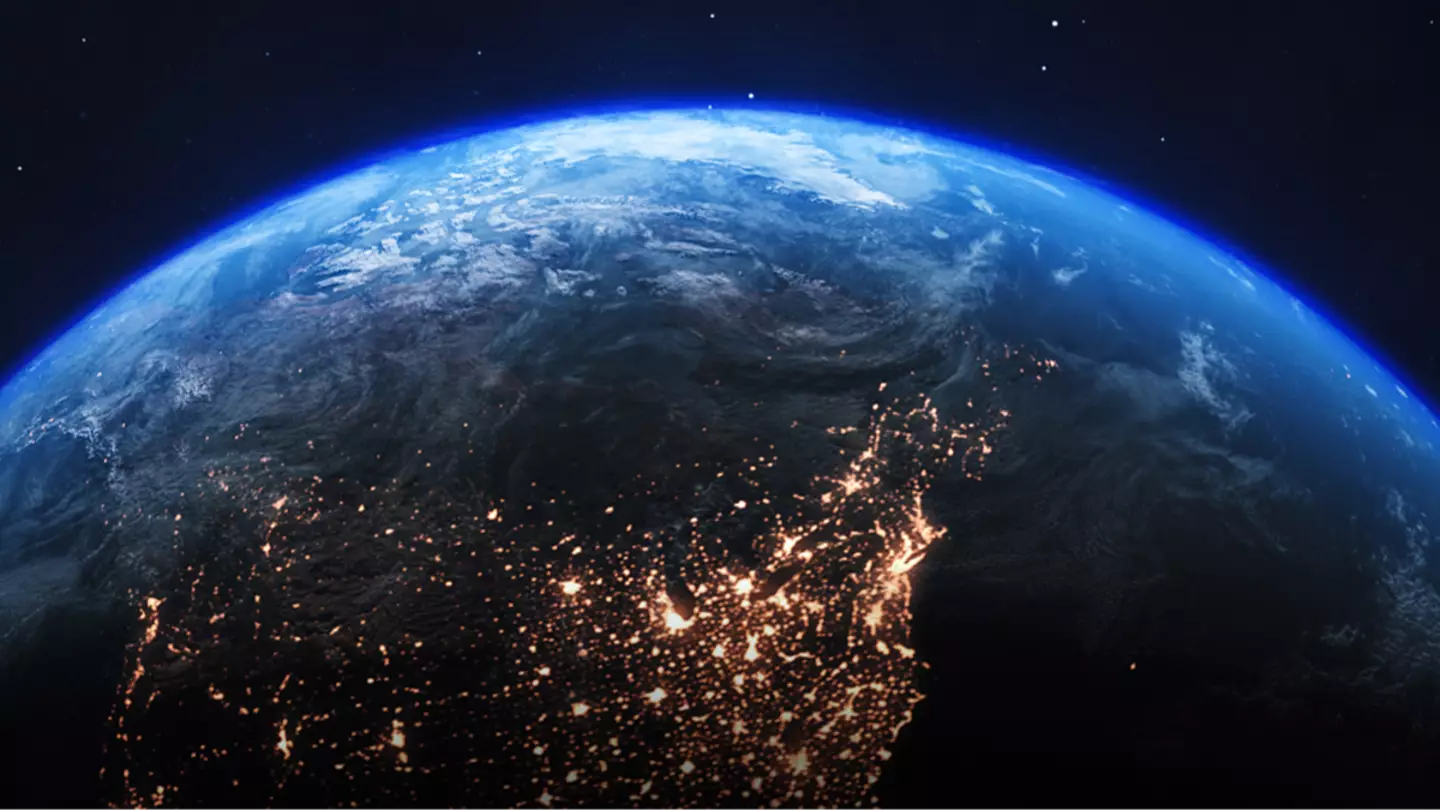Young people are being encouraged to prepare for the possibilities that lie ahead in space exploration.
World Space Week, a well-known global event, kicked off over the weekend and continues until October 10. This year’s focus is on the theme of ‘living in space.’
In recognition of this event, Dennis Stone, the president of the World Space Week association, has shared some intriguing predictions about the future of human activity in space.
“Ten people live in space today, but this number will grow,” he noted on their website, highlighting the inhabitants of China’s Tiangong Space Station and the International Space Station.
Elon Musk has previously highlighted the significance of colonizing Mars, and Stone believes that advancements in microgravity research will eventually make this goal attainable.

“With new space stations and increasing benefits from research in microgravity, the population in orbit will keep rising, and eventually people will live and work on the Moon and Mars,” he added.
“World Space Week 2025 will help the public learn about why people go to space and encourage youth to prepare for exciting space opportunities ahead.”
Even as NASA has unveiled promising evidence hinting at the possibility of life on Mars, Ben Davidson, the founder of Space Weather News, has put forward a concerning prediction regarding a potential mass extinction on Earth.

On the Matt Beall Limitless podcast, Davidson discussed threats like tsunamis, climate change, and the prospect of human extinction, forecasting an imminent event known as a ‘micronova.’
This phenomenon, he explains, is due to a rapid shift in the magnetic poles.
A ‘micronova’ is a sudden solar explosion, and Davidson claims his hypothesis is ‘bulletproof,’ based on the geomagnetic cycle.
“This is a near extinction-level event, and we are in the middle of it right now!” he stated on the podcast.
This cycle, occurring roughly every 6,000 years, contrasts with a far more catastrophic event that transpires every 12,000 years, though Davidson clarifies that we are not currently experiencing that.
He also pointed out the weakening of Earth’s magnetic field by up to 15 percent since the 1800s, with auroras, once rare in low latitudes, becoming more common.
Auroras have recently appeared with increasing frequency—some ’15 to 20′ occurrences in just a few years.
“We’ve probably seen 15 to 20 of these events. So, we’ve gone from one to three every decade to more than 10 in just a couple of years.
“What the sun is throwing at Earth to trigger those lower latitude auroras is far smaller than what it used to take as we look back into the past,” Davidson continued.
He interprets this as an indication that the magnetic shield is deteriorating.

